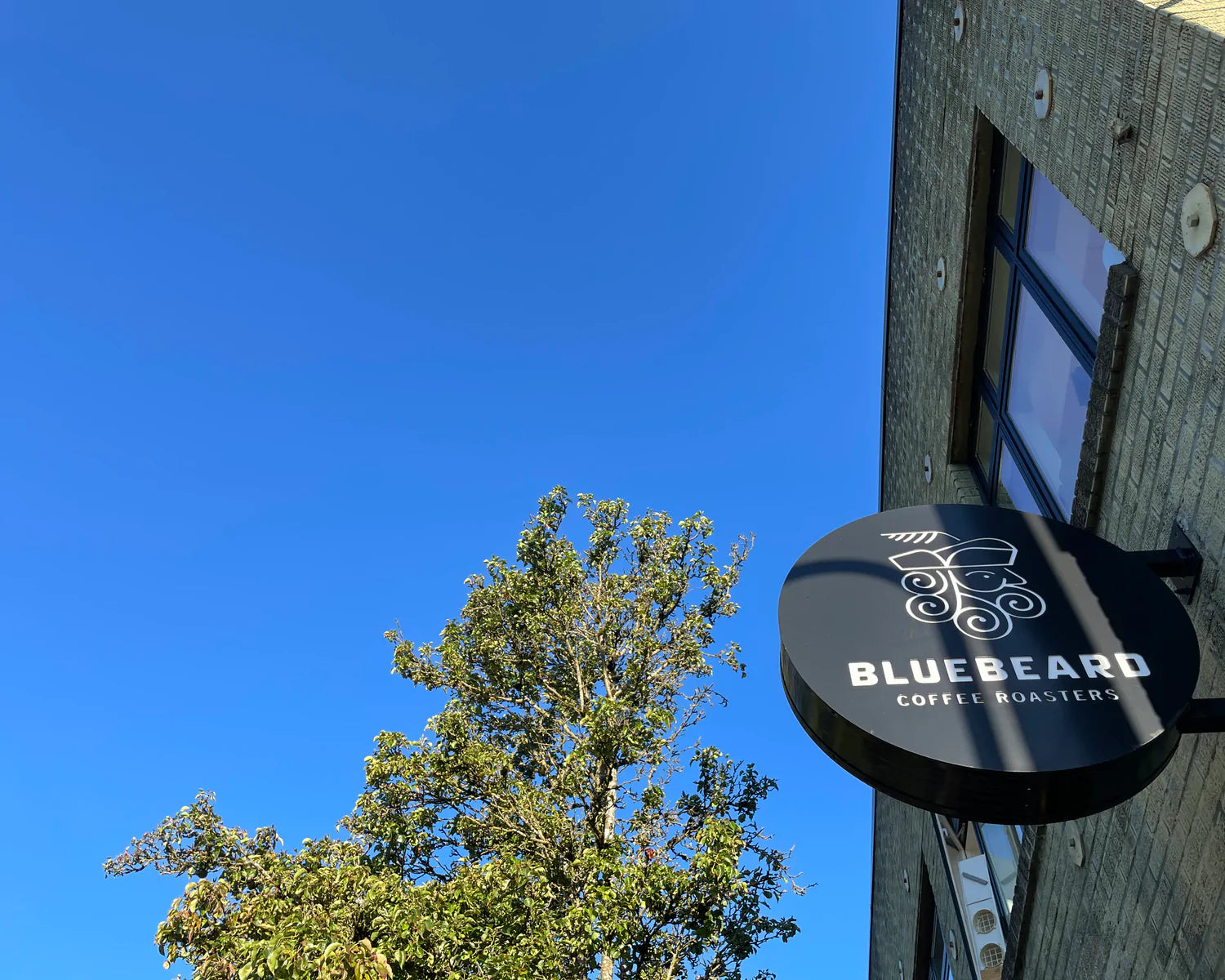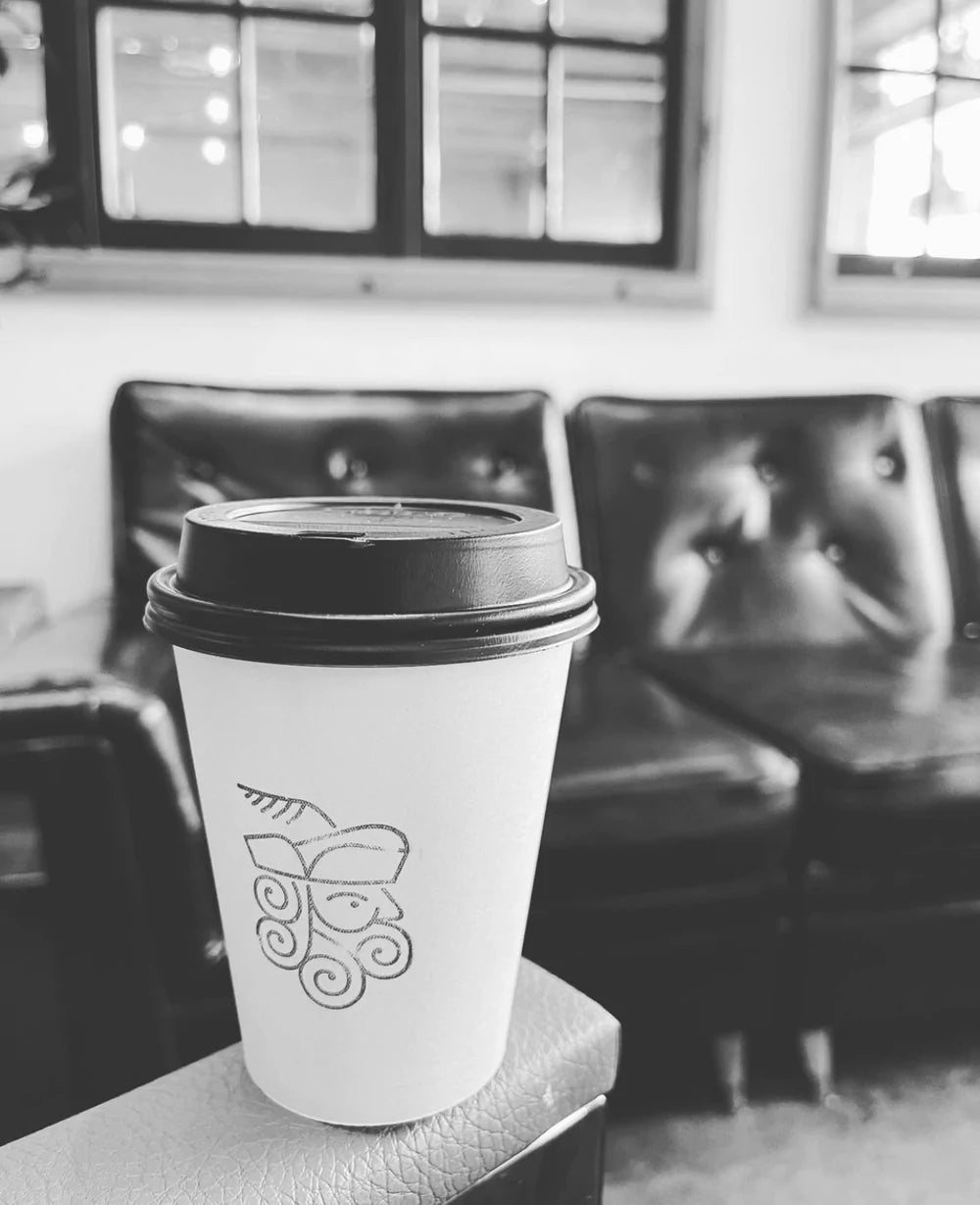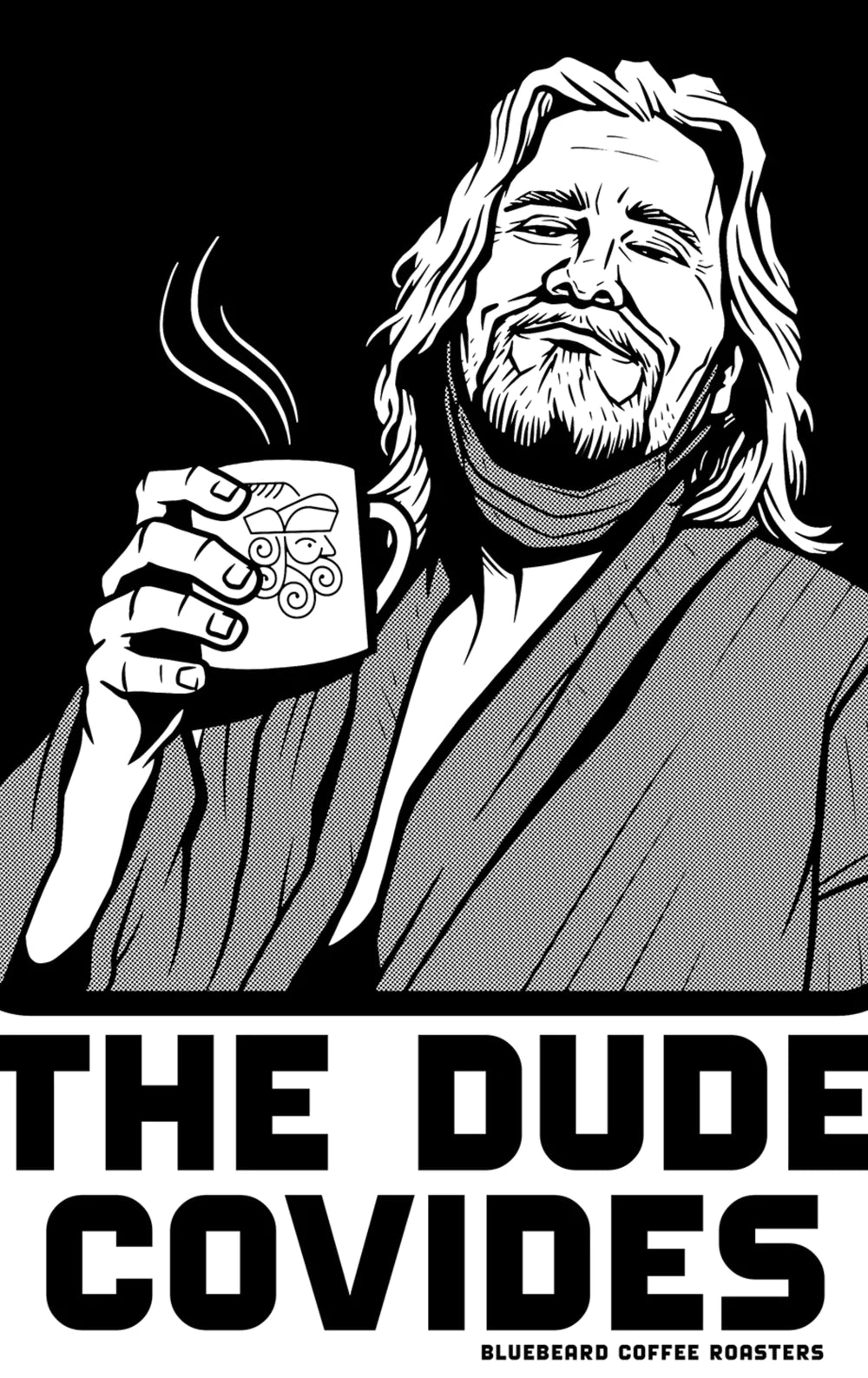First and foremost, the proof is in the cup. We consider our balanced roast the perfect medium. A roast deep enough to develop depth – chocolate, caramel, sugars – and light enough to leave the subtle nuances of high-scoring specialty coffees intact. A nice balance in a cup that characteristically tasted as good cold as it did when it was hot.
At Bluebeard we sample and buy the very best beans we can source. We pay at the top of the market for unique and compelling coffees from throughout Latin America, Indonesia and East Africa.




